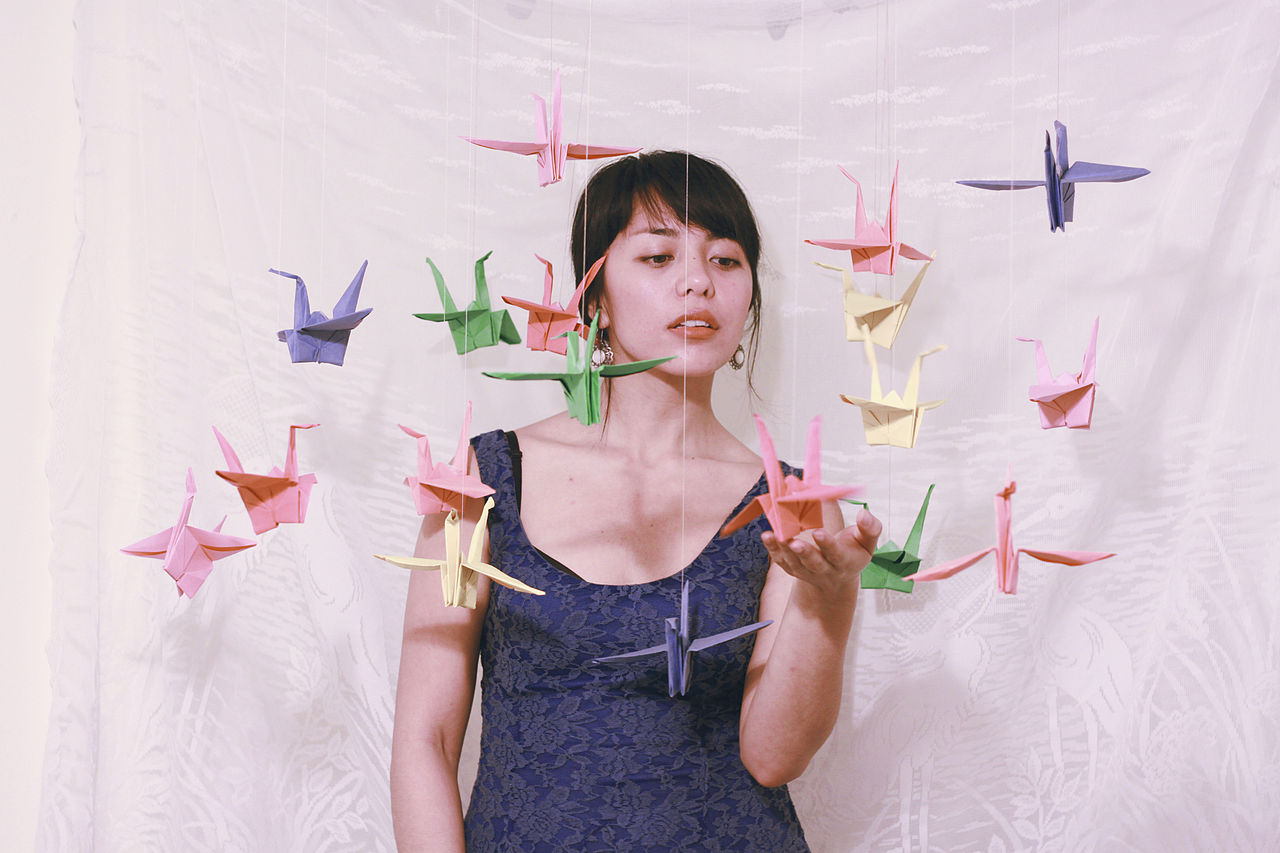The biggest lie we’ve been told is that we have to choose between quantity and quality. Quantity and quality are not always tradeoffs. In fact, quantity can actually support mastery and quality. If we look through history, it’s not a coincidence that some of the most prominent artists are immensely prolific:
- Asimov wrote nearly 500 books
- Mozart composed 600+ works
- Van Gogh created 2,000+ original pieces
- Picasso created 10,000+ original paintings
Dean Keith Simonton has written about the relationship between quantity and quality at a master’s level, concluding, “Quality is a probabilistic function of quantity.” Even masters enlisted the support of quantity to shoot at the moving target of quality.
More importantly, not everything these masters created were great. The only reason they even became recognized as “masters” might be due to one or two breakthroughs. We could look at Thomas Edison, known for the first practical and inexpensive incandescent lightbulb. We forget the more than 1,500 patents he applied for (he successfully acquired 1,000 of them), with major failures like the concrete houses.
Quantity is far from a guarantee, and certainly isn’t the only strategy to create something that people want. But, it’s the most reliable one. Here are three reasons why:
Quantity provides structure
A week before I wrote this, TK tag Austin Kleon wrote a blog post about quantity leading to quality. He writes, “The frequency of my work — showing up at regular intervals, without worrying about results — has actually lead to better results.” Similarly, TK tag Ryan Holiday wrote, “Quantity increases quality,” encouraging readers to use quantity to commit to the workload necessary to master their craft.
TK tag Lindsay Jean Thomson, facilitator of The 100 Day Project, wrote a similar idea, “If you want quality, start with quantity.” Even during this phase of early work, the results are real—there are 1.7 million posts with #The100DayProject on Instagram, each one documenting the progression of a person making something every day. Alex Kallaway and #100DaysofCode is another great example.
When you focus on quantity, you create, release, promote, intake feedback, and improve. Quantity works. Practice works. Consistency works.
Quantity provides motivation
Creative blocks happen when expectations of results get too high for one project to achieve. It feels like your back is against the wall; “This has to work, or I’m giving up.” Derek Sivers describes this as the failure mindset.
Quantity keeps you creating and releasing new work—which encourages you to keep going. The expectations for each one may be high, but tempered by the fact that you know there’s another opportunity coming right along tomorrow or the day after. Instead of putting all your energy and hopes into a single attempt, you split it into many.
Again, this isn’t the only strategy that works. Some people do succeed because they put their effort and energy into the single attempt. But I would suggest that many more fail with the same approach, and would have benefited from a larger portfolio of smaller bets.
Quantity encourages experimentation
Author Ray Bradbury said, “If you can write one short story a week—it doesn’t matter what the quality is to start, but at least you’re practicing, and at the end of the year you have 52 short stories, and I defy you to write 52 bad ones.” In Chase, Chance, and Creativity, James H. Austin writes about four types of chance; one of them (the Kettering Principle, known as Chance II) is about motion — the premise that unluckiness runs out when you keep stirring things the way only you can.
This is what Simonton covers in his research. He defines creative products as combinations of originality, utility, and surprise. Simple enough, but it’s often difficult to maximize all three variables; for example, original ideas have a lower probability of being useful, and often surprise requires going through a lot of trial and error (like Edison’s lightbulb). Plus, there may be fragments of brilliance amidst a poor combination of work—say, a great part of a bad song, or a great turn of phrase in a rather boring blog post.
Even brilliant artists have misguided perceptions of their own work. Creating a lot of work allows for many different combinations of these creative elements and ideas to mix, ultimately creating one product that expresses what you really want to communicate, or really makes an impact on people.
Make a lot of projects
Game designer Nick Bentley writes about 100:10:1 principle, where he writes down 100 game concepts in a notebook (sometimes in just one day), picks 10 concepts and develops them, then picking the most promising concept and developing it further.
In a sense, this is a framework that helps facilitate the trial and error nature of creativity; when Pablo Picasso was painting Guernica, he went through 45 different sketches before settling on the final composition and painting.
Similarly, creative designer Joe Perez shows this process for designing the Cruel Summer album cover for Kanye West, in which they went through a whopping 325 revisions in 6 months.
At the end of the day, quantity is one way of structuring other important, but more ephemeral things—practice, experimentation, motivation—which build your skillset, open up your mind to new ideas, and build your reputation with the rest of the world.
Perfection leads to procrastination. Aim for attainable, or even acceptable, instead—and you’ll improve your skills and work much faster with the structure of quantity.
Herbert Lui is the author of There Is No Right Way to Do This, a book that supports people with their creative endeavors. He is also the editorial director at Wonder Shuttle, an editorial studio that turns employee experiences into more customers or hires, at lower costs. This post originally appeared at Medium.


